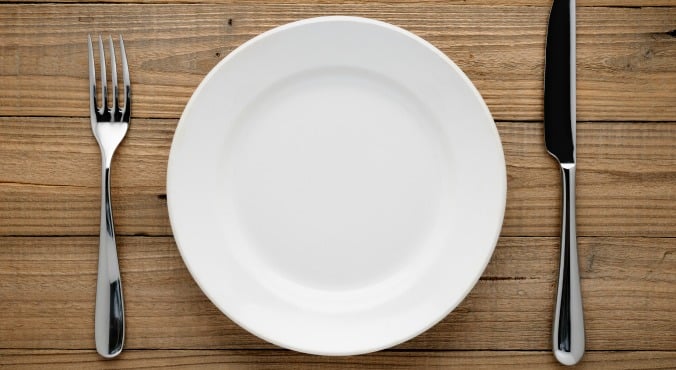
Image: Thinkstock
Food is wonderful. Whether you’re cooking it, ordering it, inhaling it, eating it, or putting it on Instagram (don’t deny it), there’s a lot to love about food.
However. If there was a way you could get all the nutritional benefits of food, in an environmentally sustainable way, at a fraction of the price you usually spend on your groceries – would you be tempted to try it? Even if the food in question wasn’t, technically speaking, ‘food’?
This weight-loss trend is dangerous. And it doesn’t even work.
A lot of people are so compelled by the idea, they’re making it happen in real life. Like some kind of next-level meal replacement shake, they’re swapping the majority of their meals with scientifically formulated food substitutes. It all sounds very Brave New World (or even The Jetsons) but with discussion forums and new recipes popping up all over the net, the phenomenon known as ‘Soylent’ (okay, so maybe it’s more Soylent Green than Brave New World) is taking off.
The idea for Soylent was conceived by 25-year-old software engineer Rob Rhinehart in 2012. As he told The New Yorker’s Lizzie Widdicombe earlier this year, Rhinehart was desperately trying to find a way to cut down his grocery bill. All-kale and McDonald’s diets had failed, so he began to look at food consumption through the lens of engineering; he figured food was an “inefficient” way to give humans what they require, as the body needs “amino acids and lipids, not milk itself” and “carbohydrates, not bread.”
After a period of research and consulting with nutrition experts, the former electrical engineering student came up with a list of the 35 nutrients humans need to survive, ordered them online in pill and powder form, and blended them together with water. Just like a supercharged green smoothie.
